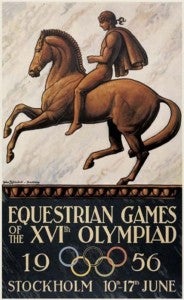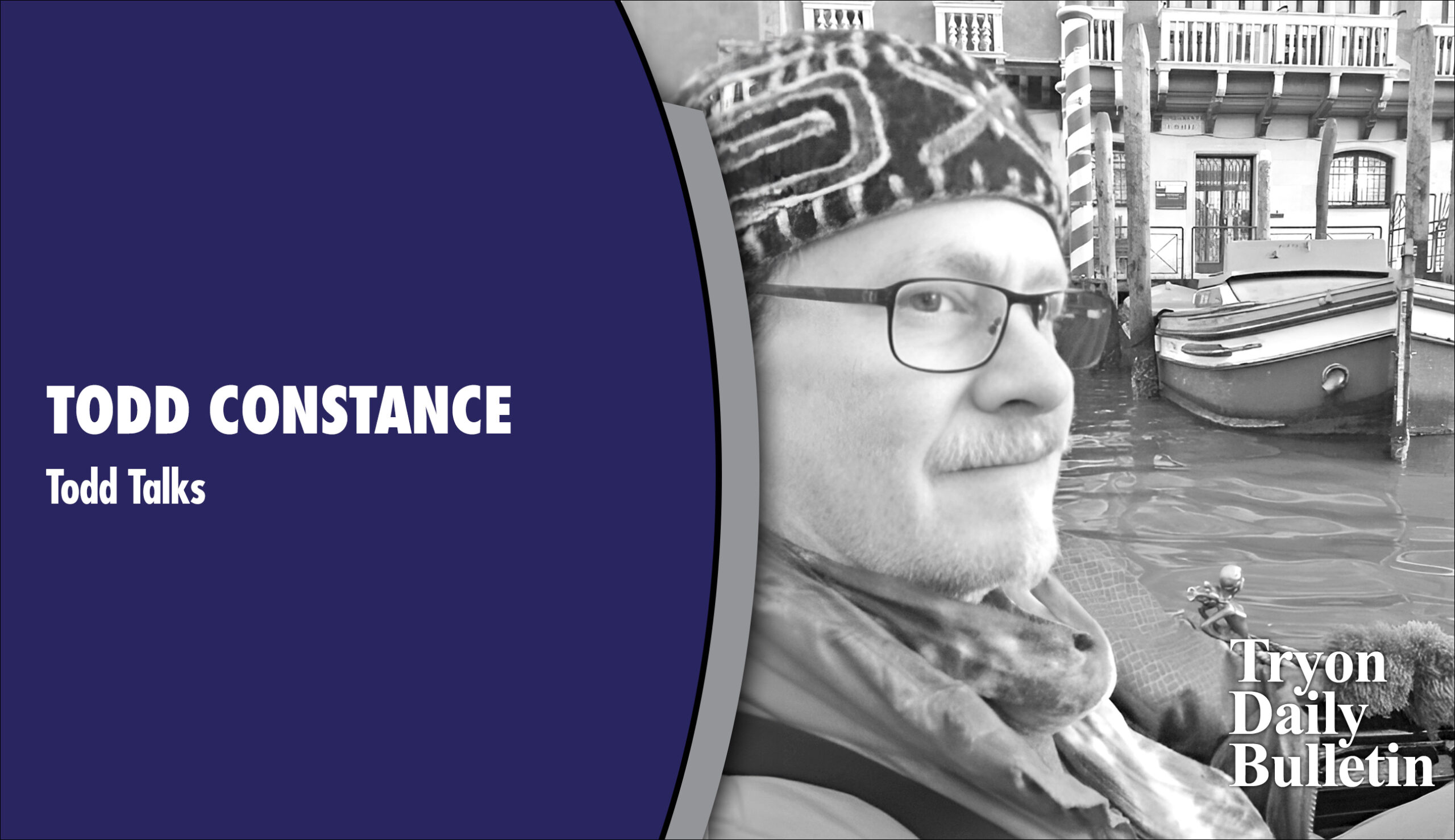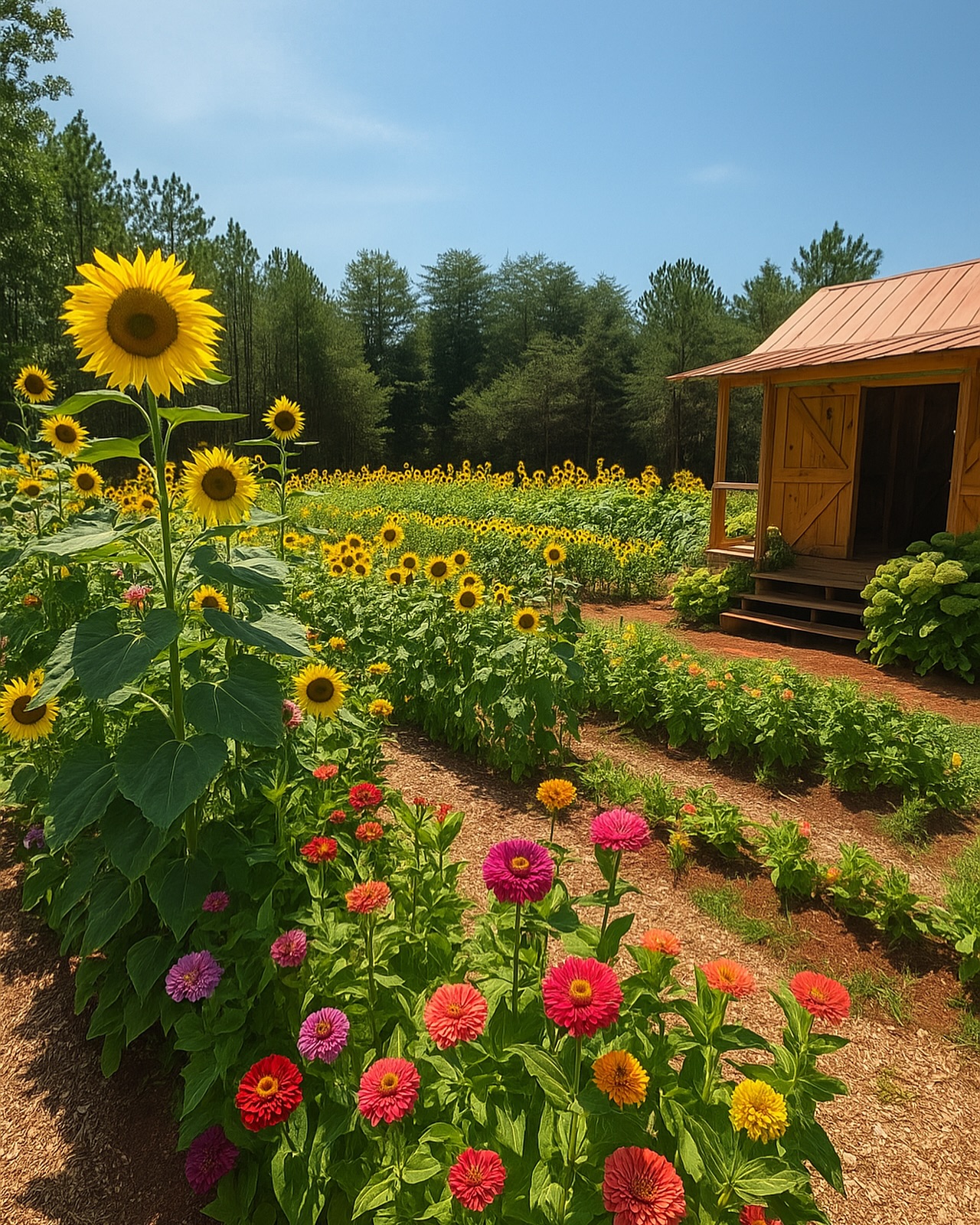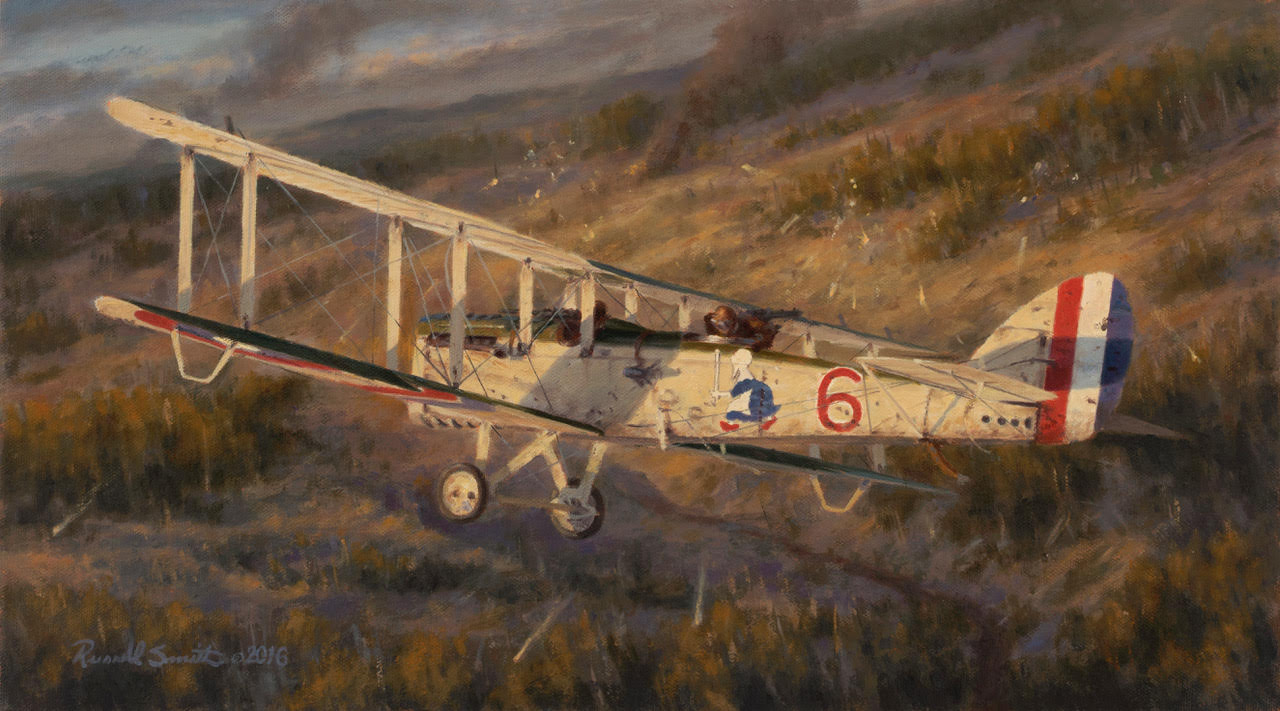Seeing double? TFAC’s 1956 Olympic Equestrian Team exhibit
Published 10:00 pm Wednesday, May 11, 2016
How do you split a summer Olympic Games into two parts? On two different continents,  Europe and Oceania? In two different countries, Australia and Sweden? In two different cities, Melbourne and Stockholm? At two different times of the year, June and November? This is how.
Europe and Oceania? In two different countries, Australia and Sweden? In two different cities, Melbourne and Stockholm? At two different times of the year, June and November? This is how.
In 1956, Australia had won the rights to hold the Summer Olympics. However, the country’s stringent six-month quarantine policy for horses entering the country made it impossible for equestrian teams to compete in Melbourne.
The International Olympic Committee (IOC) let bids for countries to host an equestrian-only set of games. Out of the candidates, Stockholm, Paris, Rio de Janeiro, Berlin and Los Angeles, the IOC chose Stockholm. The IOC’s decision seemed especially appropriate since the first summer Olympics to include equestrian competition had been held in Stockholm in 1912.
Trending
The 1956 Equestrian Games took place there in June, a perfect season for Europe and the northern hemisphere, while the rest of the games were held in Melbourne in November, early spring in the southern hemisphere.
The U.S. Olympic Committee pointed out that, “This is the only time in the Games’ hundred-year existence that the unity of time and place, as stipulated in the Charter, has not been observed.”
But where to train? A core group of organizers, including Tryon’s Ernst Mahler and a group of New York associates, met in New York to plan for the 1956 Games. Several of them had been to Tryon and felt it was an ideal candidate. There was a year-round mild climate and there were extensive horse training facilities at Harmon Field.
The group then met in Tryon, bringing with them the new team coach Bertelan de Nemethy, who, with the others, decided this was the perfect place. In addition, Mr. and Mrs. Willis Kuhn offered to build a first-class jumping course at their Cotton Patch farm, and private property owners including, Mr. and Mrs. Ernst Mahler, Mrs. C. B. DuCharme, Mr. and Mrs. George Brannon, Mr. and Mrs. Herbert Oliver, Carter Brown and Arthur Plamondon, owner of the Block House, stood ready to loan their land for training.
But how to raise the $100,000 necessary to underwrite the enterprise, a huge amount of money 60 years ago? Until 1949, when the cavalry was disbanded, the Army did the financial heavy lifting. But now, it would be up to private citizens. Tune in next week.
– article submitted by Julia Calhoun





